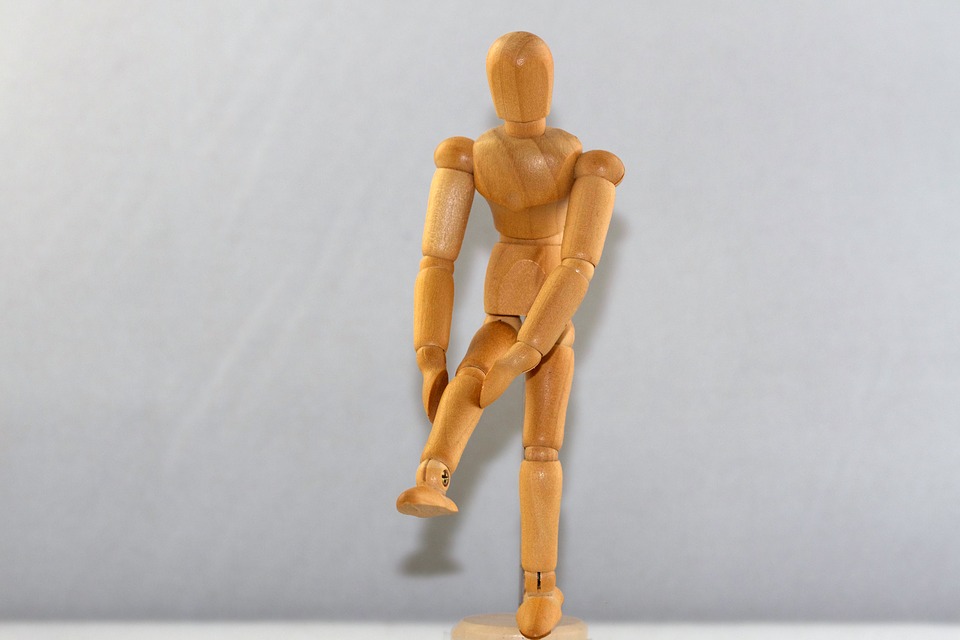Many cases of knee pain aren’t caused by a single traumatic injury. Instead, knee pain is often caused by overuse of poor movement patterns and the shortening and tightening of the muscles that accompany that. This can lead to poor alignment between the bones and tissues of the joint, in turn causing tissue stress, inflammation, pain, and long term degeneration.
The first step to stop knee pain in these situations is to decrease the tension in the muscles. It’s very helpful to do this PRIOR to stretching, as decreasing muscle tension makes the muscle easier to stretch, and more likely to maintain the increased flexibility. The best way to decrease muscle tension is to go and get a deep tissue or remedial massage from a qualified massage therapist. The second best way is to do self-massage work on your own at home. You can find the best DIY self-massage techniques for knee pain here.
After you’ve gotten the muscles around the knee loosened up with some massage work, try these stretches to return the muscles and other soft tissues to a better resting length.
Guidelines for all stretches:
- Stretch to the point of discomfort, but NOT pain. Too much stretch can cause damage. Start the stretch and move into it until you feel a pull, and then move into it a little more and hold
- Hold at least 45 seconds to create a lasting change (less than 30 seconds will not create a long term change in tissue length)
- Breathe and relax – this helps tell your nervous system that the body is not in danger
- As the stretch eases, you can move into it a little more to continue to increase the stretch benefit
- Maintain good alignment to maximize the stretch. If you adjust the position to make it feel easier, you’ll lose some of the benefits of the stretch
Quad stretch

The quadriceps are the muscle group at the front of your thigh. When these muscles shorten, they can pull your kneecap slightly out of position, which can cause rubbing between it and the other joint tissues.
- Stand tall and tilt your pelvis back slightly to flatten out your lower back
- Bend one knee and reach behind to grab the top of the foot
- Pull back slightly on the foot to increase the stretch through the front of the thigh
- Keep your knees together to stretch the muscle fibers in the right alignment
Adductor stretches
The adductors are the group of muscles along the inner thigh. While they aren’t as commonly talked about as the quads (at the front) or the hamstrings (at the back), they are just as important. They are actually the largest group of muscles in the thigh, and are active in every movement you can make with your legs. Unlike the quads and hamstrings that run the whole length of the thigh, different adductor muscles are different lengths. Some run from the pelvis to different points along the top half of the thigh (the short adductors), while others stretch from the pelvis to down around the knee (the long adductors). Targeted stretches will help focus on the different areas.
Short adductor stretch
- Sit up straight and bring the soles of the feet together in front of you
- Tilt forward slightly from the hips until you feel a stretch through the inner thighs
- Maintain a neutral spine – don’t let the back round out or the pelvis tilt backward as you lean into the stretch
- Option: Use the elbows to put slight downward pressure on the inner thighs to increase the stretch

Long adductor stretch
- Sit up straight and move your legs out in a “V” shape in front of you. This may be enough to give you all the stretch you need!
- Keep toes pointed straight upward
- If needed, tilt forward slightly from the hips until you feel a stretch through the inner thighs.
- Maintain a neutral spine – don’t let the back round out or the pelvis tilt backward as you lean into the stretch





What do you think?